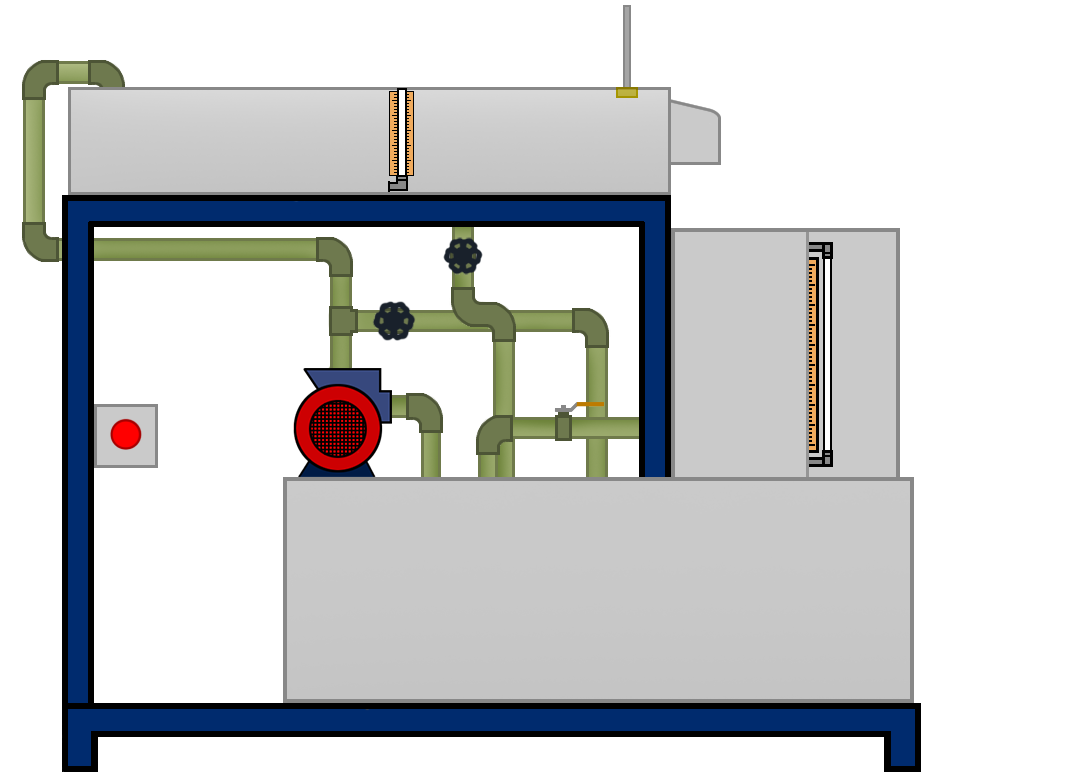Reynolds Experiment
The Reynolds experiment is among the most significant laboratory experiment in fluid mechanics that helps in distinguishing between different flow regimes. In this experiment we will identify and differentiate between Laminar, transition and turbulent flow regimes.
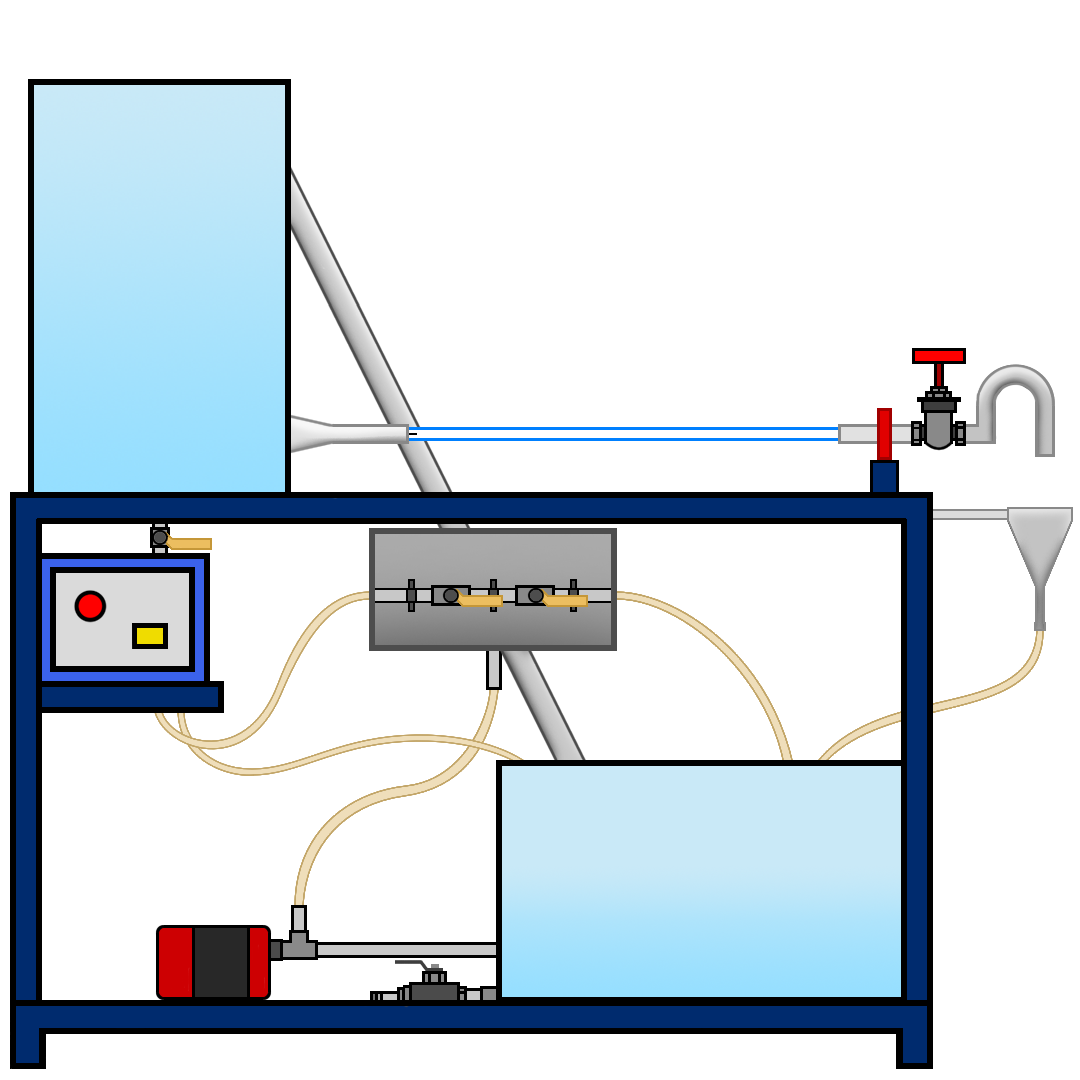
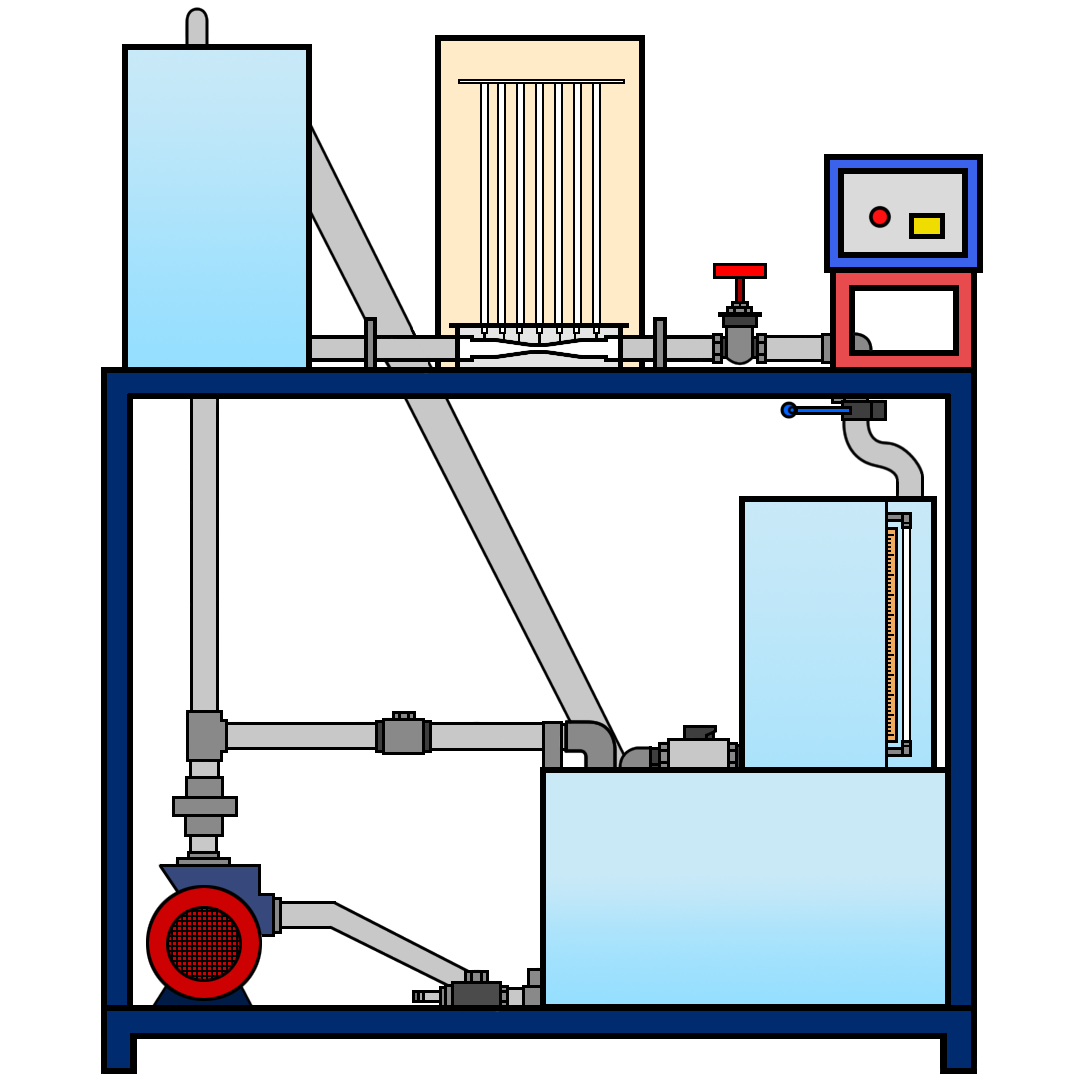
Pitot Tube Apparatus
The Pitot tube is a simple and convenient instrument to measure the velocity of any point in a pipe. In this experiment we determine the velocity profile across cross section. Also, we find the coefficient of pitot tube and point velocity at centre of a tube for different flow rate.
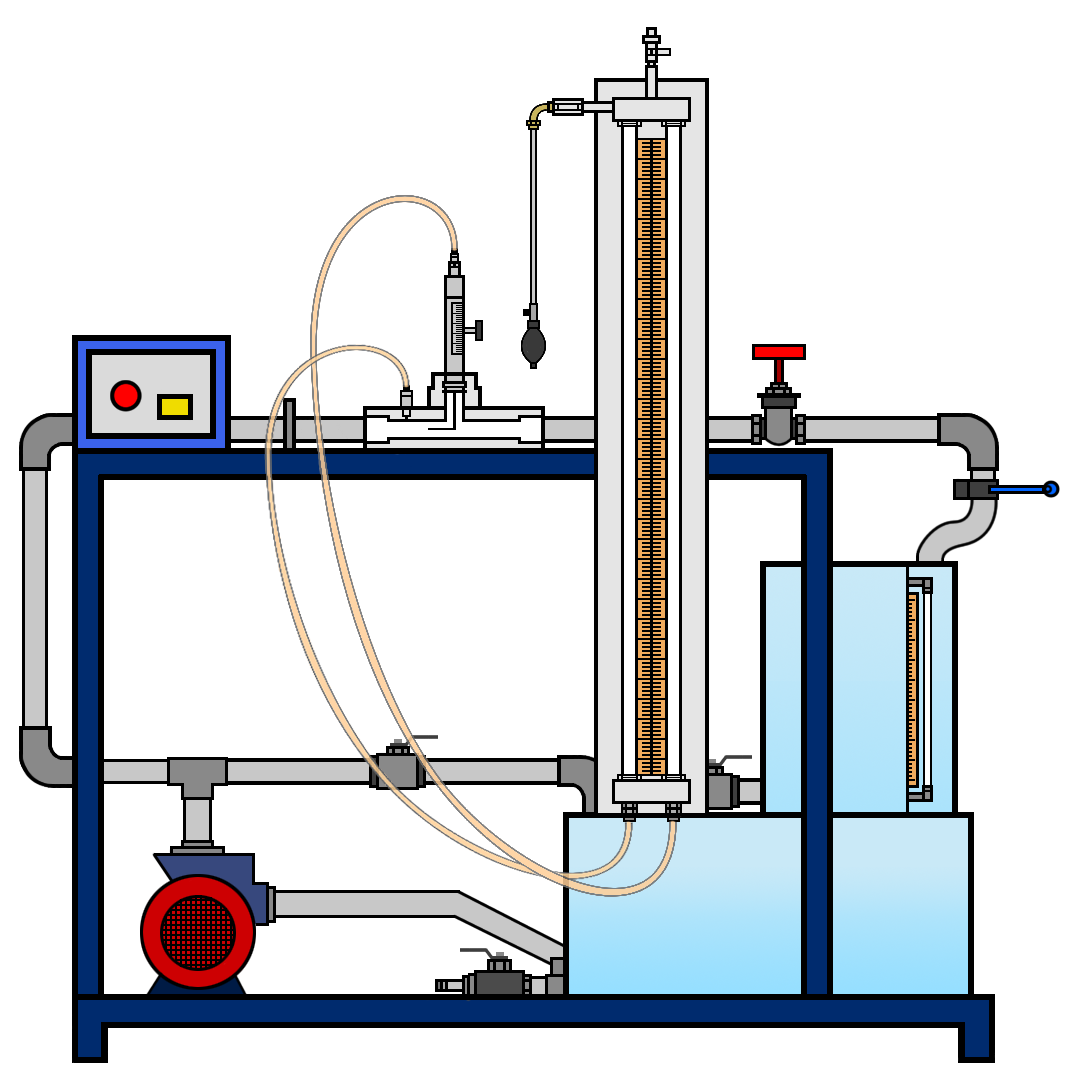
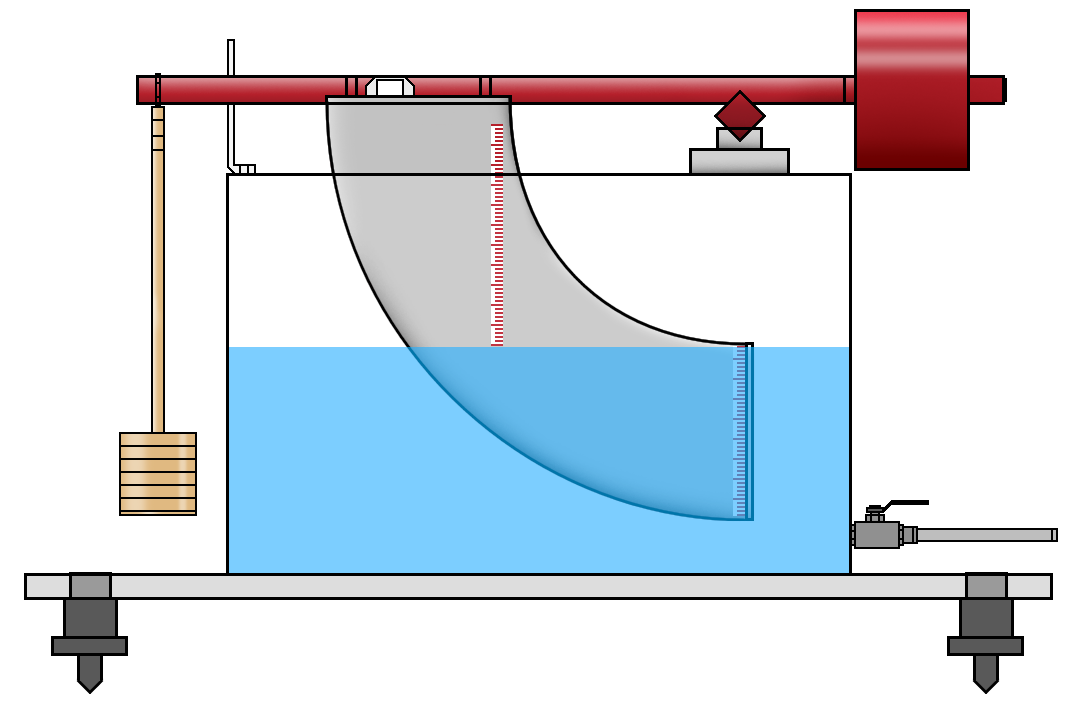
V-Notch Experiment
A sharp crested notch is a vertical flat plate with a sharp edge which is positioned across the channel such that the fluid must flow past the sharp edge and subsequently into the pool downstream of the weir or notch plate. We will use V-Notch to estimate the discharge coefficient of a triangular notch and plot several curves in this experiment.
